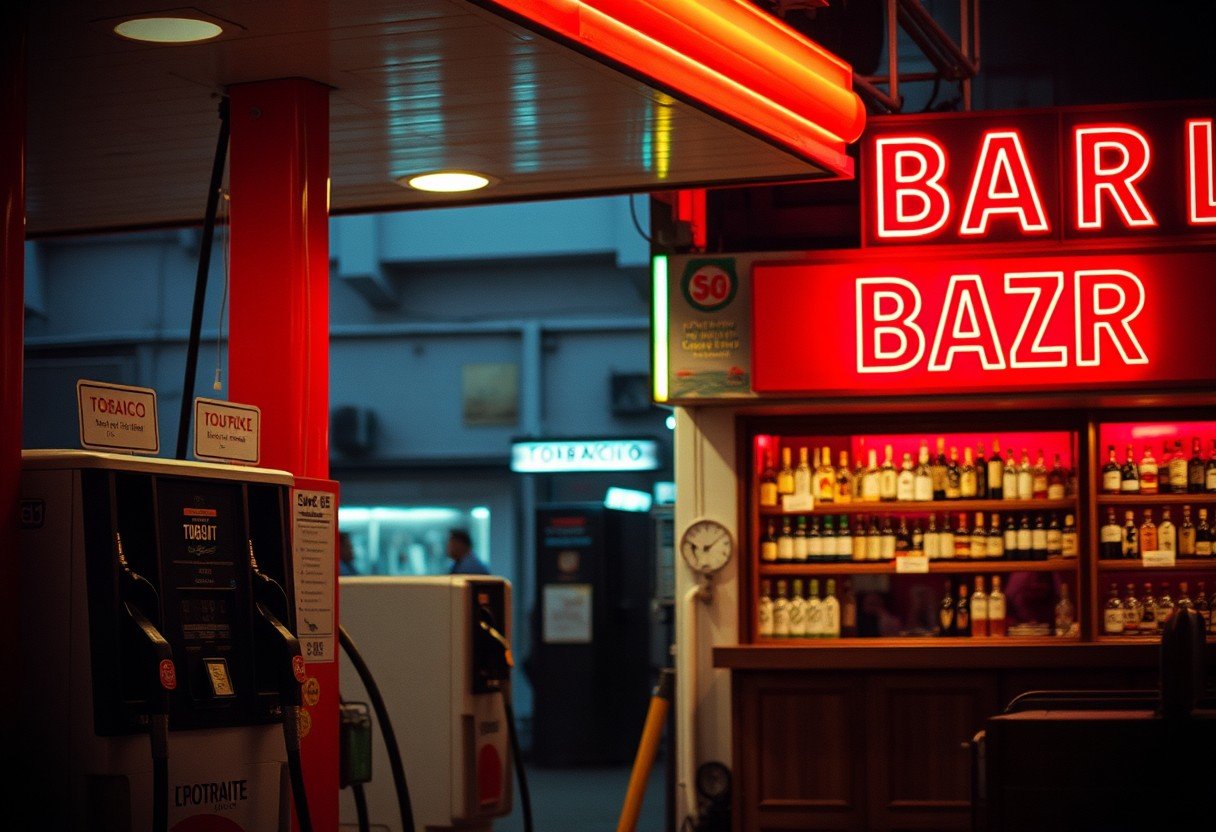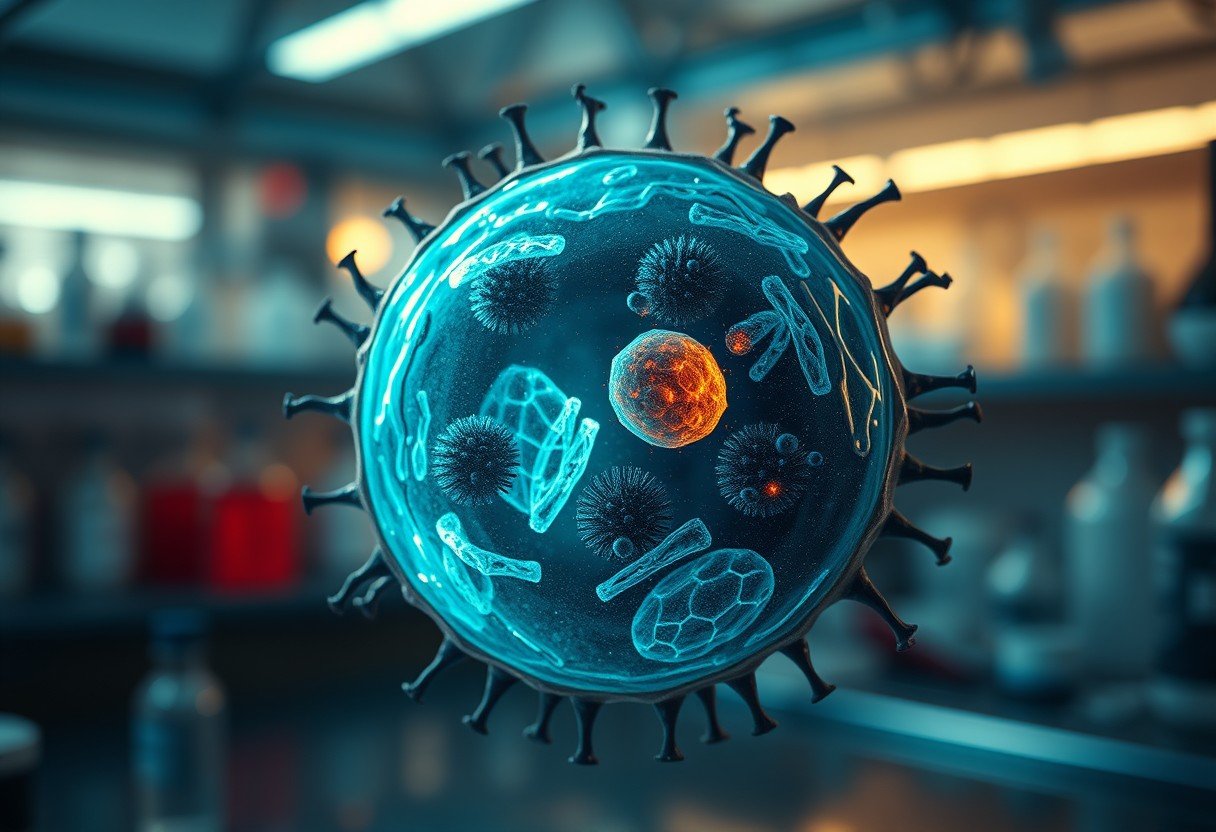Gasoline, tobacco, and alcohol share traits that affect how you buy them, where you use them, who can sell them, and why prices change. This guide explains what they have in common, how rules and taxes work, when policies shift, and why demand stays high. It also shows their health and environmental impact, and how you can make smarter choices today.
What These Goods Have In Common
These goods are used by millions every day, so they touch homes, streets, and workplaces in every country. They are sold in most cities and towns, and many people view them as daily needs or social habits. This wide reach makes them important for public policy and for your budget.
They share inelastic demand, strict rules, and clear risks to health and the environment. In simple words, people still buy them even when prices go up, which is why they are often called sin goods in tax policy. Governments regulate them to protect health, safety, and air quality.
Most countries add excise taxes to gasoline, tobacco, and alcohol, on top of sales taxes. These taxes raise money for roads, health care, and safety programs. They also aim to reduce harm by making risky use more costly.
Because these goods can cause addiction or have few easy substitutes, many households keep buying them. This is why policy makers use both price tools and behavior tools, such as age limits and warning labels, to guide safer use.
Why Demand Stays High Even When Prices Rise
Economists call this inelastic demand. It means a price jump does not cause a big drop in how much people buy. For gasoline, many drivers must commute, and public transit or electric cars may not be easy options yet.
Tobacco and alcohol can form habits and dependencies, which makes quitting hard. Support services, plain packages, and higher taxes help, but demand often falls slowly over time. Short run demand is less flexible than long run demand, when people can switch to new options.
| Product | Typical Short Run Price Elasticity | What It Means |
|---|---|---|
| Gasoline | About -0.2 to -0.3 | Big price changes lead to small use changes |
| Tobacco | About -0.3 to -0.5 | Higher prices cut use, more so among youth |
| Alcohol | About -0.3 to -0.7 | Beer and wine are less elastic than spirits in many places |
Over years, people adjust more. Drivers may buy smaller cars or move closer to work. Smokers may quit with help, and drinkers may choose lower alcohol products. This long run shift is why steady policy matters.
How Governments Regulate Production, Sales, And Use
Rules focus on health, safety, and fair markets. Laws affect farms and factories, shipping, store shelves, ads, and where people can use these products. Regulation tries to balance personal choice with community safety.
- Age limits, licenses, and training for sellers to reduce underage sales
- Excise taxes, clear price posting, and track and trace rules to curb illegal trade
- Health warnings, ad limits, smoke free zones, drink driving laws, fuel quality and emissions standards
For gasoline, safety codes cover storage tanks, fuel blends, and tailpipe rules. For tobacco, plain packs and flavor bans cut youth appeal. For alcohol, serving hours and blood alcohol limits reduce crash risk.
Enforcement includes inspections, fines, and license loss. Public education supports the rules so people know why they exist and how to stay safe.
Health Risks And Public Health Actions
According to the World Health Organization, tobacco kills more than 8 million people each year worldwide. Alcohol is linked to about 3 million deaths per year, including injury and disease. Air pollution from fuel use raises the risk of heart and lung disease, which adds to hospital visits and early deaths.
Strong policies help cut harm. Higher tobacco taxes, quitlines, and nicotine replacement raise quit rates. Safer alcohol service, brief counseling, and drink driving checks lower injuries.
Cleaner fuels, better engines, and more transit options improve city air. When health and transport teams work together, people breathe easier and roads get safer.
Households benefit too. Less smoking and heavy drinking reduce family costs and stress, and better transport choices save money over time.
Environmental Impact From Well To Wheel And Farm To Shelf
Gasoline comes from oil, which must be drilled, refined, shipped, and burned. Each step uses energy and releases greenhouse gases. The transport sector produces a large share of energy related CO2 emissions globally.
Tobacco farming can drive deforestation, soil loss, and pesticide use. Cigarette butts are a top litter item, and they pollute rivers and beaches. Alcohol production uses water, grains, sugar, and energy, so efficiency and recycling matter.
Cleaner fuels, fuel economy, and electric vehicles cut tailpipe pollution. Better farm practices, waste sorting, and deposit return systems reduce trash and save resources.
When buyers choose lower impact options, firms respond. Clear labels and supplier audits also push steady improvement in supply chains.
Price, Taxes, And Your Wallet
Excise taxes are set per unit or by value, then sales taxes apply. This can be a large share of the shelf price, which is why prices differ so much across borders and states.
Research shows higher tobacco prices reduce smoking, especially among teens. Alcohol taxes can lower heavy drinking harms, yet allow moderate, safer use choices. For fuel, demand shifts more slowly, but people still respond over time.
Taxes raise revenue for roads, health care, and safety, and can guide safer behavior when paired with support services. Relief plans, such as transit passes or rebates, can protect low income households while keeping health goals on track.
Smart tax design is simple, steady, and well explained to the public. Clear plans help families budget and reduce shock from sudden price jumps.
Social Norms, Culture, And Consumer Behavior
Culture shapes how people see these goods. In some places, alcohol at meals is normal, while in others it is rare. Smoking has lost social status in many countries as risks became clear and smoke free spaces grew.
Marketing and social media also matter. Plain packs and ad limits reduce the pull on youth, while safe ride campaigns shift habits on nights out. When safer choices are easy, many people switch.
New options help. Low alcohol drinks, nicotine replacement, and better transit give people real alternatives. Over time, this changes demand even if prices move slowly.
Communities that mix rules, services, and education see better results. Trust and clear messages make the biggest difference.
Smart Choices You Can Make Today
Small steps add up. You can cut harm, save money, and support cleaner air with simple daily choices. Start with one change, then build from there.
- Track your use for two weeks, then set a clear goal to cut back or switch.
- Use support, such as quitlines, counseling, or ride share and transit plans.
- Replace one high impact habit with a lower impact option that fits your life.
Ask your doctor or a counselor for help if quitting feels hard, since support doubles your chance of success. Use community resources like smoke free programs, safe ride vouchers, or employer wellness benefits.
Review your budget each month. If prices rise, adjust plans early, such as carpooling or choosing alcohol free days. Share your goals with a friend to stay on track.
FAQ
What Do Gasoline, Tobacco, And Alcohol Have In Common?
They share inelastic demand, high excise taxes, strict rules, and clear health and environmental risks. These traits shape prices, access, and how people use them in daily life.
Why Are These Products Heavily Taxed And Regulated?
Taxes raise funds for public services and help reduce harm. Rules like age limits, warning labels, and emissions standards protect health, safety, and air quality.
What Is Inelastic Demand And How Does It Affect Prices?
Inelastic demand means people buy almost the same amount even when prices rise. This is why price moves do not quickly change use, especially in the short run.
Do Higher Taxes Really Cut Smoking And Heavy Drinking?
Yes, research shows higher prices reduce smoking and heavy alcohol use, with strong effects among youth. Support programs and clear labels make these gains even larger.
How Does Gasoline Use Affect Health And The Environment?
Fuel use adds to air pollution and greenhouse gases, which raise heart and lung risks. Cleaner cars, public transit, and fuel rules help lower these harms.
How Can I Spend Less And Reduce Risk?
Set small, clear goals, then use support like quitlines, safe ride plans, and transit cards. Over time, swap to lower impact options that fit your daily routine.









Leave a Comment